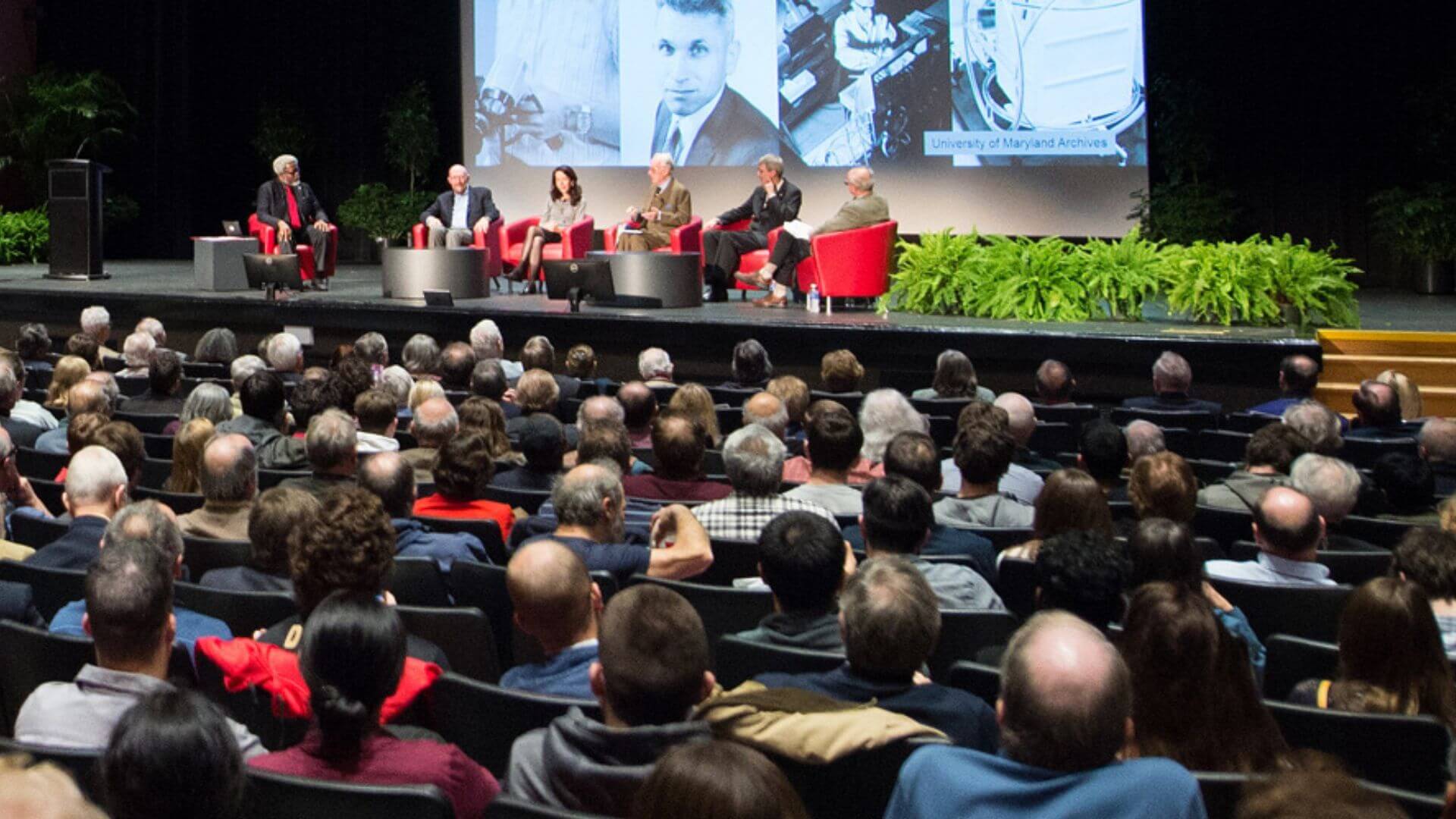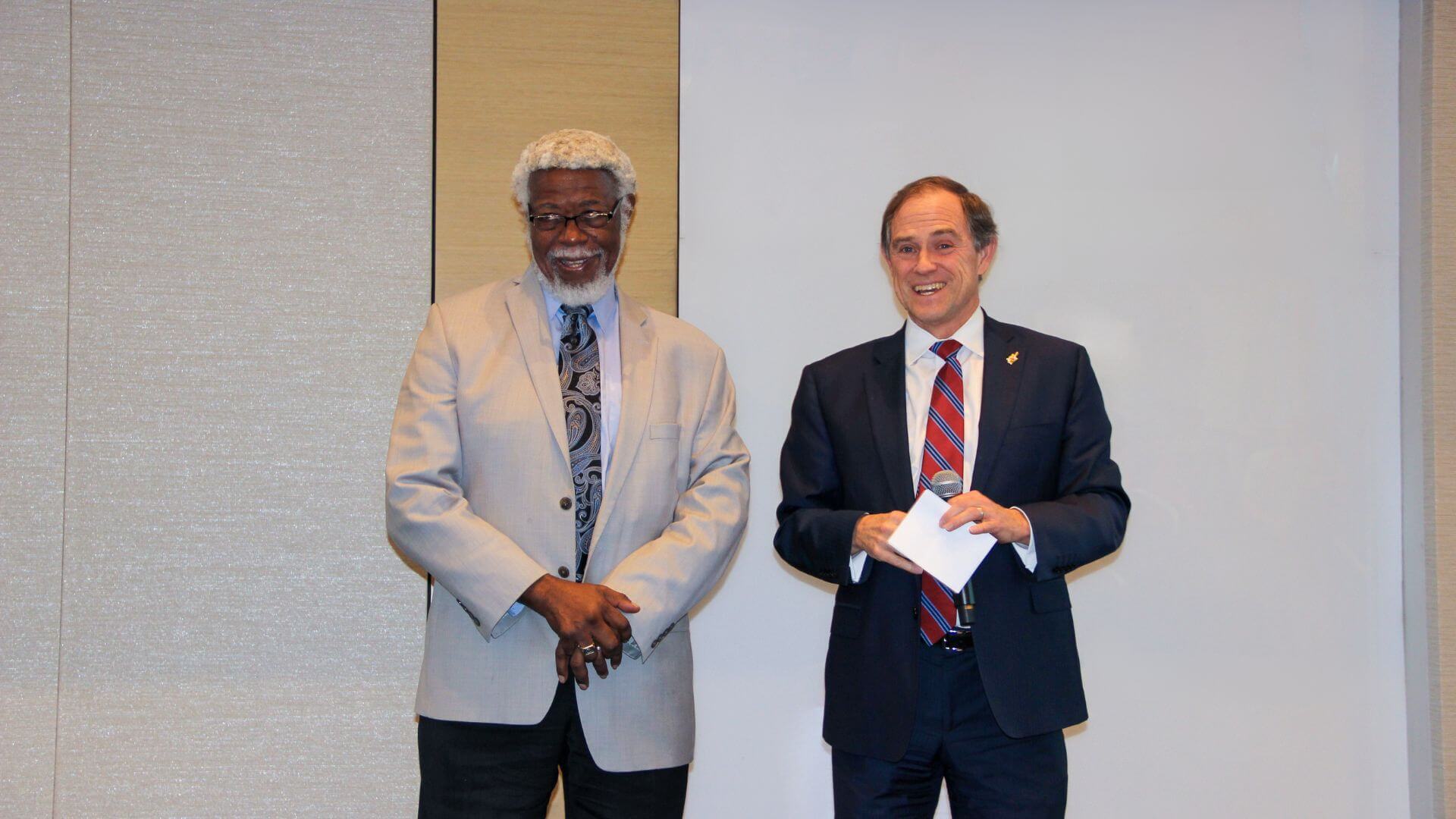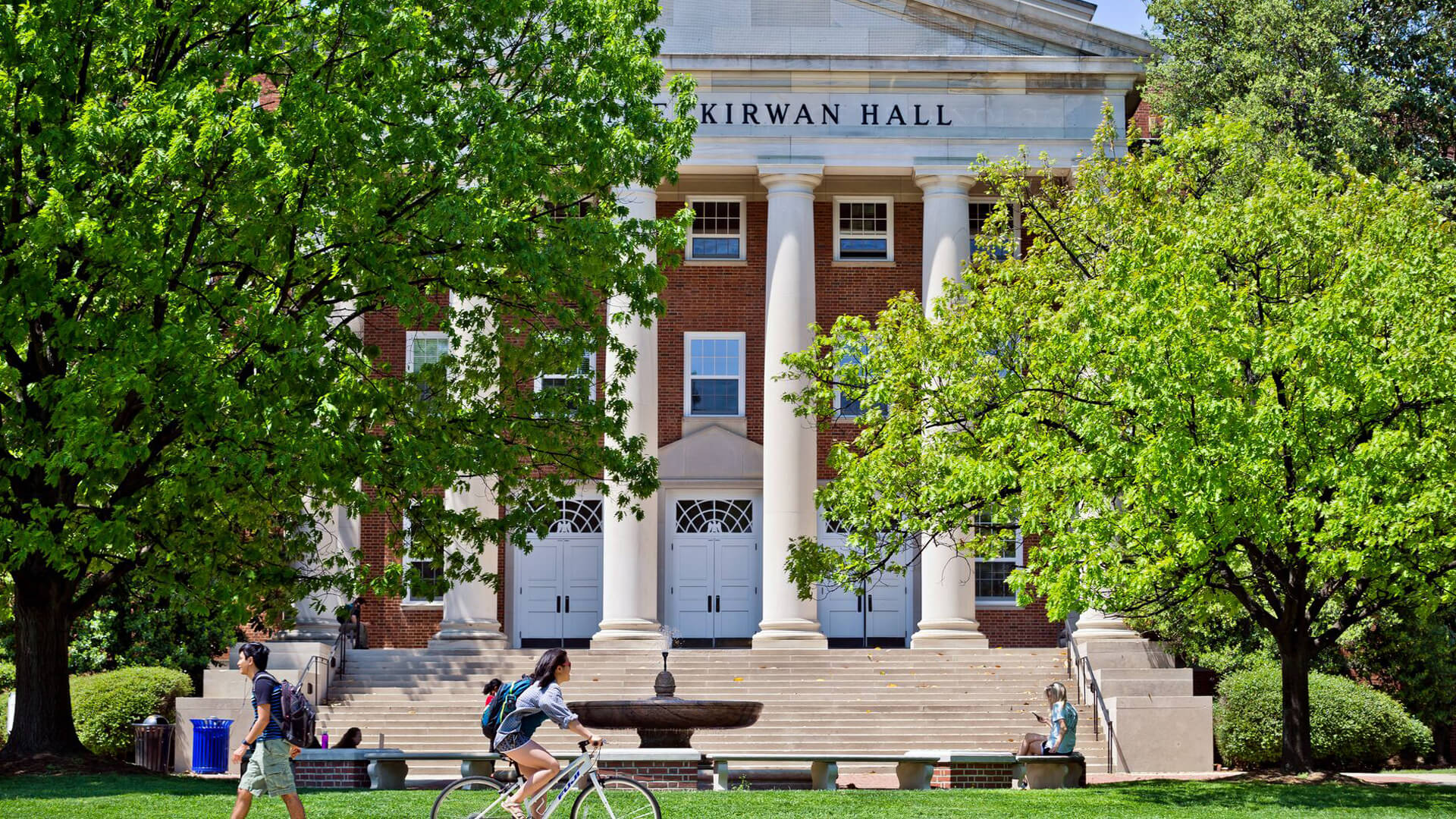Sylvester James Gates, Jr. holds the Clark Leadership Chair in Science and holds a joint appointment in the Department of Physics and School of Public Policy. During his decades with the UMD Department of Physics, he was named a Distinguished University Professor, University System of Maryland Regents Professor, and John S. Toll Professor of Physics at the University of Maryland. Known for his pioneering work in supersymmetry and supergravity, areas closely related to string theory, Gates was also an affiliate mathematics professor.
Gates earned two Bachelor of Science degrees (in physics and mathematics) and his Ph.D. in physics from the Massachusetts Institute of Technology. In 1984, Gates co-authored Superspace: One Thousand and One Lessons in Supersymmetry, the first comprehensive book on supersymmetry, and joined the UMD faculty as an associate professor. Four years later, he became the first African American to hold an endowed chair in physics at a major U.S. research university.
The author of more than 200 research papers and a member of the National Academy of Sciences, Gates has been featured in dozens of video documentaries, including five in 2015. For his contribution to science and research, he received the National Medal of Science from President Obama in 2013. Gates has served on the U.S. President’s Council of Advisors on Science and Technology, the National Commission on Forensic Science, and the Maryland State Board of Education. He is a strong advocate for science, technology, engineering and mathematics education. He has served as president of both the National Society of Black Physicists and the American Physical Society.
This course explores how scientific and technical information gets used (or not used) in the formation of public policy, and how public policy influences science and technology development. Students will come away from this course with a fundamental understanding of the institutional landscape of S&T policy, the instruments of S&T policy implementation, and the processes of S&T policy decision-making. The landscape encompasses government, business, academic institutions, and NGOs. The policy mechanisms include government subsidies for research and development, enforcement of intellectual property rights, encouragement of public understanding of S&T, and much more. The processes range from direct democracy and litigation to legislative and bureaucratic decision-making. Along the way, students will examine some of the most challenging S&T-linked public-policy issues of the 21st century – climate change, energy, national security, innovation, spectrum allocation, environmental monitoring, agricultural productivity, the pursuit of sustainable economic development – and will grapple with the interlinked issues of S&T education, and the level of public participation in S&T decision making.
School Authors: Sylvester James Gates, Jr.






